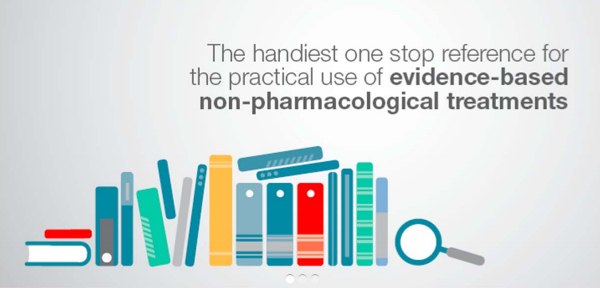Following up on the Nordocs unConference, where local medicos presented on things they are passionate about, the following is an introduction to the Handbook of Non-Drug Interventions. I have been part of the editorial/ writing group for HANDI since 2013 and have learned much from it.
Why a handbook of non-drug interventions?
It is estimated that half of the myriad clinical trials conducted each year globally are for non-drug treatments. However, effective non-drug interventions are less well known, less well promoted and less well used than their pharmaceutical counterparts.
Clinicians require a precise description of treatments for safe recommendation to patients. However, getting the ‘prescription’ correct – dose, duration, monitoring – is not as straightforward as it is for pharmaceuticals. The adequacy of treatment descriptions in trials and systematic reviews tend to be worse for non-drug treatments: only 30% of them are directly replicable, compared to 66% of drug treatments.
As a result, health professionals often resort to drug-based treatments as a first point of call when there may be alternatives that are just as effective, might be preferred by patients and are often without the side effects commonly associated with medication.
The HANDI group is chaired by Prof Paul Glasziou, a leading expert in evidence based medicine, from whom I have learnt much about the EBM process. We have produced over 60 reviews of effective non-drug interventions relevant to general practice and have rejected many more where the evidence was insufficient. The effective treatments are presented in the HANDI web site by the RACGP.
HANDI is now a Medline listed publication and has had around ten million hits from around the world.

HANDI is a formulary of evidence-based non-drug treatments that addresses the gap in availability of non-drug intervention by compiling them into a single online formulary. Each entry includes details of treatment, similar to a pharmacopeia, plus handouts and video links showing how interventions are performed. Inclusion in HANDI involves a 2-step process:
- Evidence review presented to the committee (minimum of one high quality randomised control trial plus other supporting evidence, usually a systematic review of RCTs)
- If sufficient evidence is presented, then HANDI entry is drafted for review and useful resources are added. Often additional work is required to get the detailed treatment protocol from the researchers.
I like to practice evidence based medicine to the largest extent that I can. This involves knowing the evidence and negotiating with the patient about how this fits with their values and preferences. The work helps me keep up to date, particularly for treatments that may involve allied health.
We aim to add 15 new topics each year, and keep them regularly reviewed. If you are aware of an evidence based non-drug intervention that you think would fit the bill, do let me know.
Dan Ewald, presenting Handi at the Nordocs Unconference,
30 June 2018, UCRH, Lismore
















